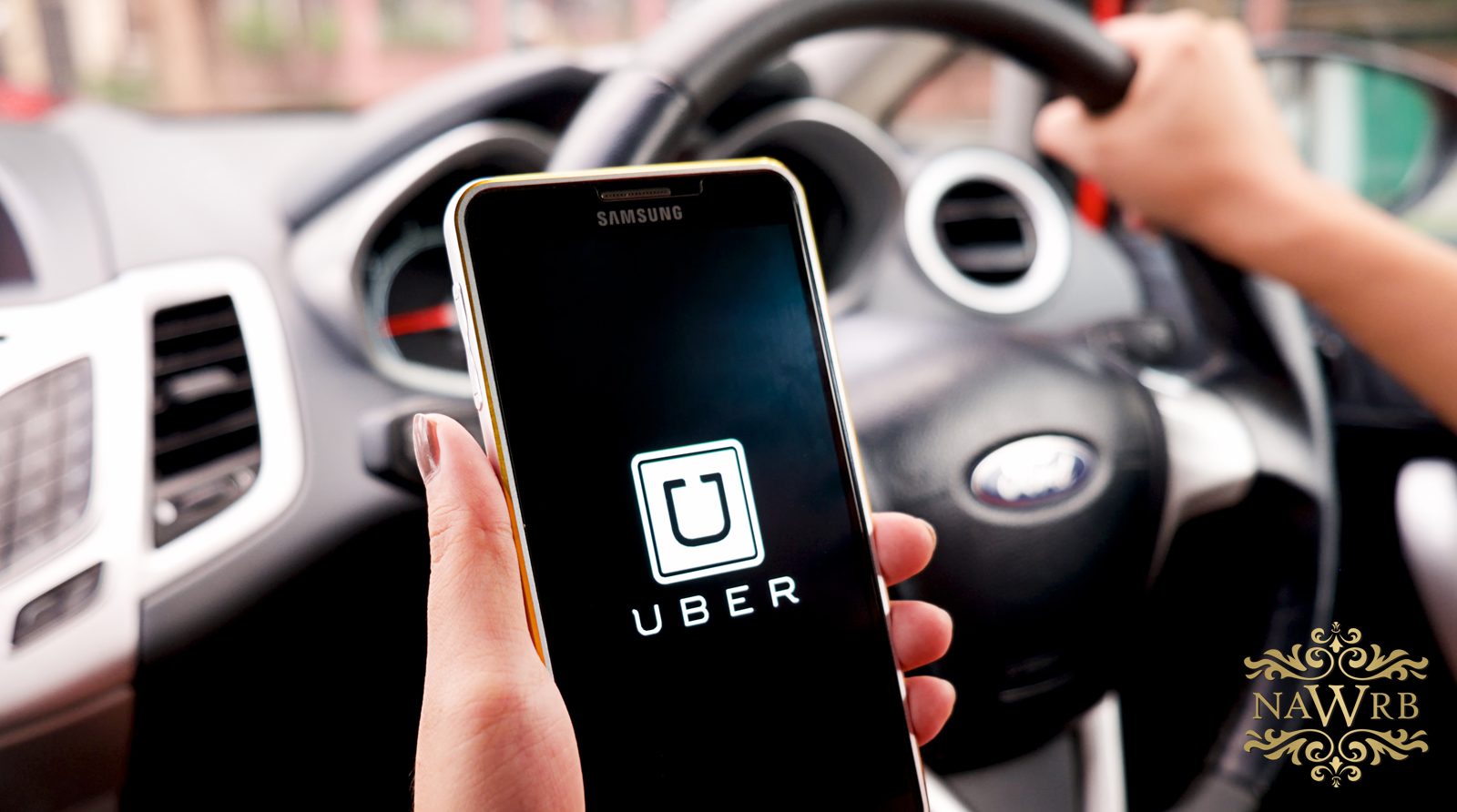There’s a 7 percent gender pay gap among Uber drivers, but it’s not due to gender discrimination in the company’s algorithms. A recent study titled “The Gender Earnings Gap in the Gig Economy: Evidence from More Than a Million Rideshare Drivers” reveals three factors for why women drivers are paid less than men, all of which result from gender-based preferences.
The five economists behind the study—including two employees of Uber Technologies, two Stanford professors, and the Chairman of the Economics Department at University of Chicago—conducted data analysis of almost 1.9 million Uber drivers and 740 million Uber trips between January 2015 and March 2017, across 196 cities in the United States.
Men comprise the majority of Uber drivers, while women make up 27 percent. At an hourly rate, however, women make less than their male counterparts. This finding is initially startling since the company’s driver assignments and pay are gender-blind—the gender of the drivers is irrelevant when it comes to matching them with riders or assigning fares. The pay algorithm for drivers is calculated by trip duration, distance, and whether the drive occurs during surge-price hours.
Therefore, the gender pay gap is not a result from gender discrimination within the company’s pay system, nor is it due to discrimination by Uber’s customers. So, what’s the reason for the pay gap? The study lists the following contributing factors:
Returns to Experience
Uber drivers who have been with the company longer get paid more. This is because, with time, these drivers begin to learn which routes and times of day will result in greater profit. Men, in general, work at Uber longer than women drivers: the attrition rate for men after 6 months is 65 percent for men, compared to 77 percent for women. Thus, as men stay longer, they gain more experience, which leads to greater returns in income.
Pay Premiums for Fast Driving
The study shows that male drivers tend to complete more trips per hour than women, which means they are driving faster. Being able to conduct more trips in a day results in being paid more. The tendency for males to drive faster is considered a gender-based preference. Differences in driver speed between men and women accounts for 50 percent of the pay gap.
Where to Drive
Women and men drivers differ in their preferences regarding what times and areas to work. Women Uber drivers tend to pick places and times of the day that are generally less profitable than the shifts that men choose to work. This might be because men are taking more overnight shifts, shifts with shorter wait times, and shifts during surge-prices.
All of these factors are related to gender-based preferences of drivers, rather than gender discrimination from internal or external sources. As there is an underlying assumption that the gender pay gap is primarily due to gender discrimination in the workforce, this study shows that there might be other factors at play, such as work preferences and experience.
Considering these alternatives for gender inequality in other fields will help us approach the issue from a broader perspective. Recognizing these varied problems is the first step in creating solutions for gender pay parity.

 Login
Login

